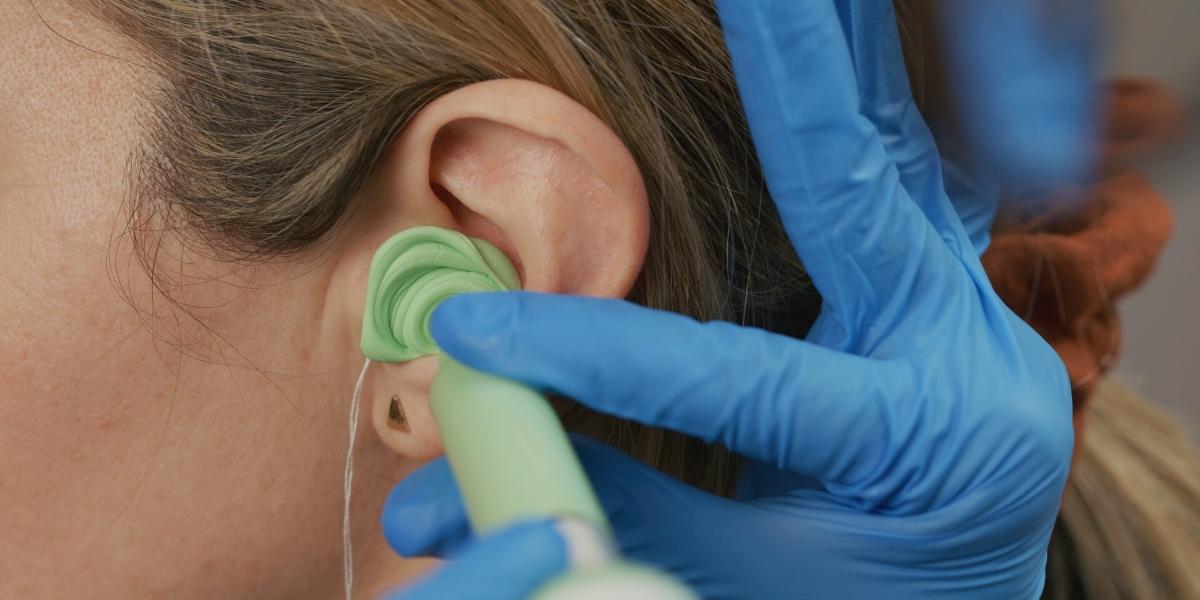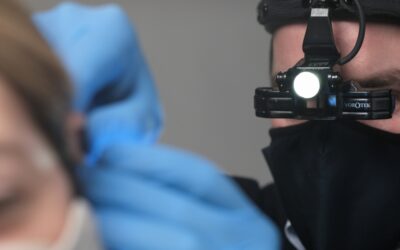Audiology assistants create efficiency in an audiology practice and increase career satisfaction for your staff. Ear impressions are often, but not always, within the scope of practice of audiology assistants. By delegating uncomplicated ear impressions to audiology assistants, you can reduce wait time, increase client satisfaction, and boost your bottom line. If this is something you are interested in, this blog will lay out the structure you need to follow to train your audiology assistants.
Make Sure You Have the Right Audiology Assistant
Performing ear impressions is a skilled task. Remember, when audiology assistants perform this task, they are doing so under your license, so you must be comfortable with their training, confidence level, and professionalism. Make sure the assistant feels like the right fit for you and for this task.
Training is the Responsibility of The Audiologist
Some audiology assistant training programs exist, but they are limited. Ultimately, hands-on training is the responsibility of the audiologist who is delegating. As an audiologist, you are fully capable of performing this training; however, this can be overwhelming. Therefore, having a written training plan for any audiology assistant task is critical!
Ear Impression Training & Supervision Plan
Training is a multistep process. Using our online Ear Impressions Training Course, the audiologist can follow along with our customizable training template. It consists of the following steps:
- Education: Background education covering various topics, including, but not limited to, case history, informed consent, contraindications, equipment, methods, and infection control, is required. The Ear Impressions Training Course is a suitable option for this education.
- Observation – Before taking their first earmold impression, your assistant will need to observe you take and talk them through several impressions. There is no hard and fast rule here, but in our training plan, we recommend five.
- Constant Supervision – This is where the assistant performs the task, but the supervisor is in close attendance. Again, there is no hard and fast rule here, but we recommend a minimum of five.
- Close Supervision – The next level up is close supervision. Here, the audiologist is in the facility but might not be in the same room the entire time; the assistant should perform a minimum of 10 earmold impressions under close supervision.
- General Supervision – This is the ongoing supervision when training is complete that the audiology assistant remains in the entire time to delegate to them. In general supervision, the audiologist delegates the task, and the assistant performs it. Typically, the audiologist is in the same facility, but this is not always necessary. For many regulatory bodies, being virtually available is sufficient.
Once your assistant has graduated to general supervision, you still need to perform regular quality control checks and audits on their task performance. Also, continuing education is a recommendation of mine; I recommend having your assistant keep a log of such activities: articles, case reviews, manufacturer education sessions, and observations are all great ongoing education options for your audiology assistant. Continuing education for assistants is not generally required. However, having a company policy that says they need to perform a certain number of continuing education hours per year will keep your assistant engaged and educated, and this will show that you value and trust their skillset enough to continue training them.
If you found this blog helpful, please share it on social media!




